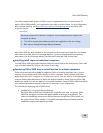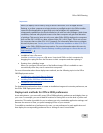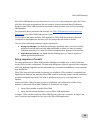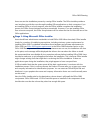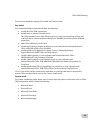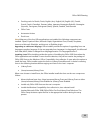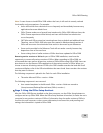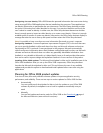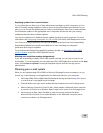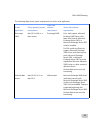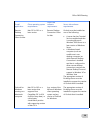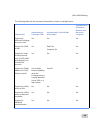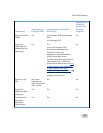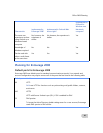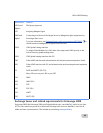
Office 2008 Planning
36
Deploying updates from a central location
If your policies do not allow users to have administrator privileges on their computers, or if you
want to centrally manage updates in order to ensure a common software environment for your
users, you can choose the updates that you want to use and deploy them from a central location.
This distributes updates to the appropriate users' computers and ensures that your existing
installations have the latest software updates.
You can set a preference to disable automatic update checking on users' computers. For more
information, see Configuring AutoUpdate for Office 2008
in the Office 2008 Deployment section.
Note There is no way to prevent a user who has an administrator account from independently
downloading updates from the Microsoft Web site or from overriding your deployed
preferences and using AutoUpdate.
For procedural information about deploying updates centrally, see Distributing Office 2008
product updates in the Office 2008 Operation section.
Allowing users to perform updates independently
If you are not planning to deploy Office 2008 updates centrally, you can instruct users to use
AutoUpdate. To run AutoUpdate, the user opens any Office 2008 application and then on the
Help
menu, clicks Check for Updates. Running AutoUpdate requires that the user log in as an
administrator.
Planning your e-mail system
When you are implementing Office 2008 in a Microsoft Exchange Server environment, you can
choose any of the following e-mail applications for Macintosh clients in your enterprise:
• Entourage 2008, which enables Web Distributed Authoring and Versioning (DAV) access
to a server that is running Microsoft Exchange.
• Outlook Web Access Light, which enables browser-based access to an Exchange server.
• Remote Desktop Connection Client for Mac, which enables a Macintosh client computer
to connect to Outlook on a Windows-based computer for access to an Exchange server.
• Solutions such as Boot Camp, Parallels, or other third-party products that allow
Microsoft Office Outlook to run under Windows on the Macintosh computer and to
connect from there to an Exchange server.



